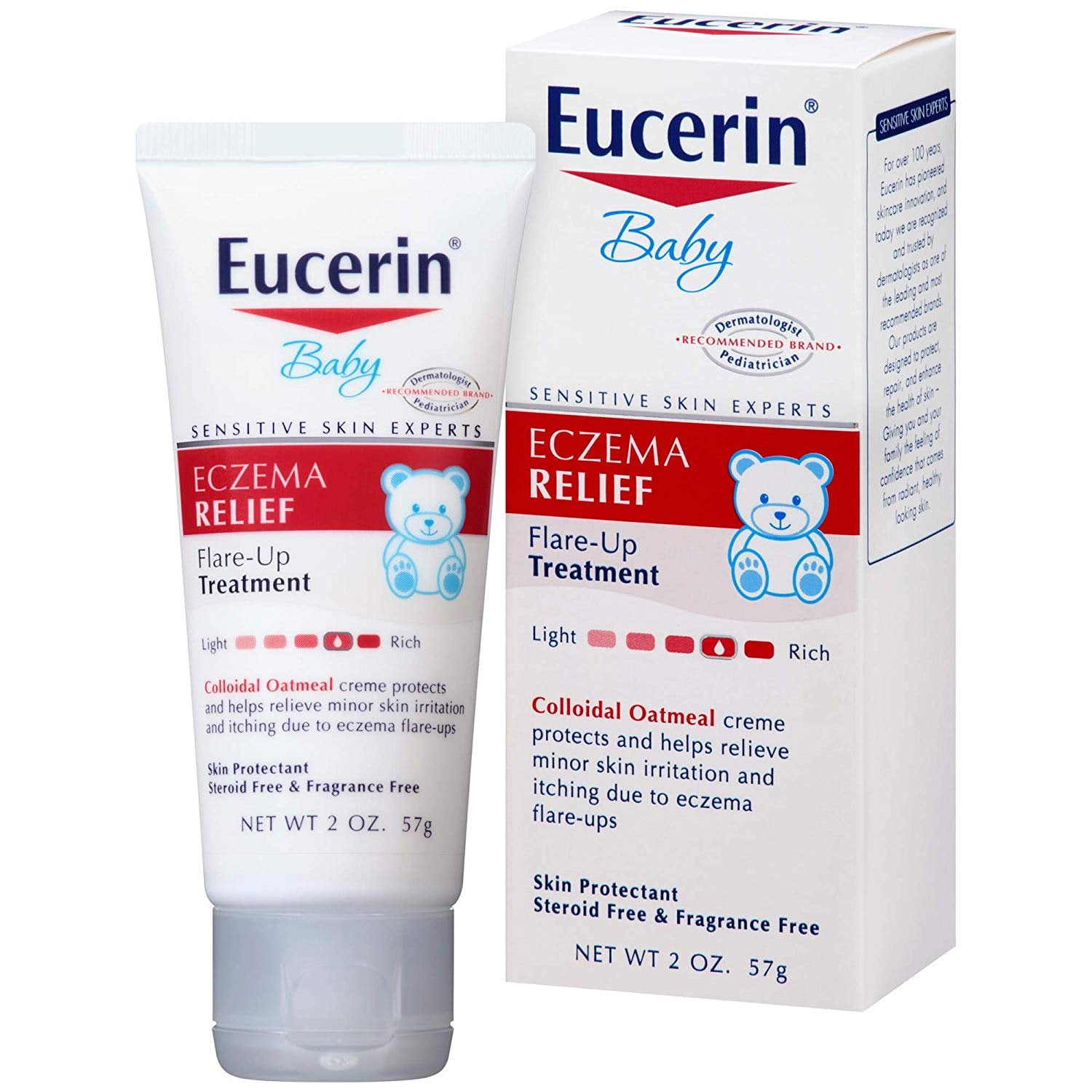

From this you can work out the amount of topical steroid to use.
#MEDICATION FOR ECZEMA SKIN#
You can gauge the amount of topical steroid to use by using your (adult) hand to measure the amount of skin affected on the child. Again, one FTU is used to treat an area of skin on a child equivalent to twice the size of the flat of an adult's hand with the fingers together. You may wish to discuss this option with your doctor.Īn FTU of steroid cream or ointment is measured on an adult index finger before being rubbed on to a child. In the long run, it can mean that the total amount of topical steroid used is less than if each flare-up were treated as and when it occurred. This aims to prevent a flare-up from occurring. In this situation, one option that might help is to apply steroid cream on the usual sites of flare-ups for two days every week. Then, within a few weeks, a flare-up returns. For example, a flare-up may subside well with topical steroid therapy. Some people have frequent flare-ups of eczema.

However, studies have shown that using a high strength for a short period can be more convenient and is thought to be safe.) Short-duration treatment to prevent flare-ups (weekend therapy) (This is in contrast to the traditional method of using the lowest strength wherever possible. A strong topical steroid often works quicker than a mild one. Short bursts of high-strength steroid as an alternativeįor adults, a short course (usually three days) of a strong topical steroid may be an option to treat a mild-to-moderate flare-up of eczema. See the separate leaflet called Moisturisers for Eczema (Emollients) for more details. The frequency of flare-ups and the number of times a course of topical steroids is needed vary greatly from person to person.Īfter you finish a course of topical steroid, continue to use moisturisers (emollients) every day to help prevent a further flare-up. Many people with eczema require a course of topical steroids every now and then to clear a flare-up. In some cases, a longer course is needed. In many cases, a course of treatment for 7-14 days is enough to clear a flare-up of eczema. You should use topical steroids until the flare-up has completely gone and then stop using them. A very strong topical steroid is often needed for eczema on the palms and soles of the feet of adults because these areas have thick skin. For example, a mild steroid for the face and a moderately strong steroid for eczema on the thicker skin of the arms or legs. Sometimes two or more preparations of different strengths are used at the same time. For severe flare-ups a very strong topical steroid may be prescribed from the outset. If there is no improvement after 3-7 days, a stronger topical steroid is usually then prescribed. So, for example, hydrocortisone 1% is often used, especially when treating children. It is common practice to use the lowest-strength topical steroid which clears the flare-up. The aim of treatment is to clear the flare-up and then to stop the steroid treatment. Lotions (which are like thin creams) may be useful to treat hairy areas such as the scalp.Īs a rule, a course of topical steroid is used when one or more patches of eczema flare up. Ointments (which are clear, rather than white) are usually best to treat affected areas of skin which are dry or thickened. Steroid creams (which are usually white) are usually best to treat moist or weeping areas of skin. The greater the strength (potency) of topical steroids, the more effect it has on reducing inflammation but the greater the risk of side-effects with continued use. For example, hydrocortisone cream 1% is a commonly used steroid cream and is classed as a mild topical steroid. (Potent just means 'strong', but doctors tend to use the word potent.) There are various brands and types in each category. However, they are generally grouped into four categories depending on their strength - mild, moderately potent, potent and very potent. There are many brands and types of topical steroid.

Book a private appointment with a local pharmacist today to discover treatment options Book now What types of topical steroids are there?


 0 kommentar(er)
0 kommentar(er)
